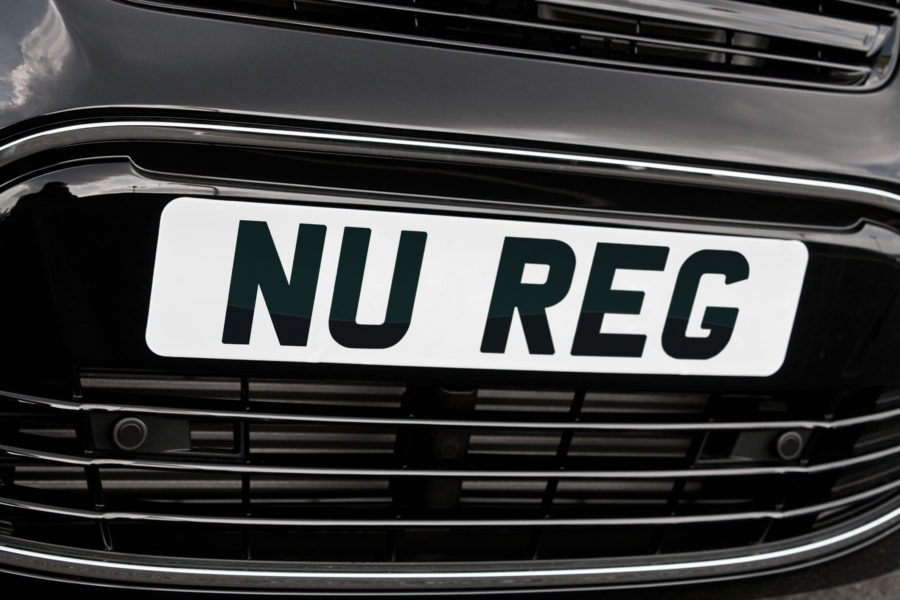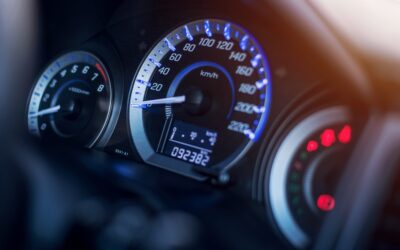Are personalised number plates the ultimate status symbol? Some seem to think so! And most seem to agree that they’re quite cool.
But if getting yourself a personalised number plate were easy, everyone would have one. Apart from being pretty pricey (they can cost thousands), there’s a lot you need to do after you get your new plates to ensure that you’re not breaking the law.

If you want to get a personalised number plate for your car, read this first. It will tell you everything you need to know and do in order to apply for personalised plates.
How Do Personalised Number Plates Work?
Since 1983, certain combinations of numbers have been held back from normal vehicle registration purposes, simply because far too many people were requesting them for their cars. It’s been possible to buy these numbers since 1989.
The DVLA has a dedicated site where you can browse their vast catalogue of number plates. For the more popular number combinations they hold regular DVLA Auctions across the UK.
It’s possible to buy four different types of personalised number plates from the DVLA, all featuring a different combination of numbers and letters. There’s the current style, which has been used on new cars since 2001 (e.g. AB18 ABC). Then there’s the Prefix style, which was used between 1983 and 2001 (e.g. A123 ABC). The Suffix style was used between 1963 and 1983 (e.g. ABC 123A). Finally there’s the “Dateless” style, which was used on new vehicles prior to 1963 (e.g. 1 AB).
Right at the top of the DVLA Registrations home page there’s a big yellow Super Search box to help you find your ideal personalised plate. You could search for your name, your initials, or anything else that might mean something to you. You’ll then see a selection of the available plates that match your search. You can filter your search by style and price.
If you can’t find the personalised plate you want, you can either contact the DVLA to make a specific request, or you can browse their directory of third-party dealers.
However, the DVLA is clear that they do not endorse any specific third-party dealers, and they stress that they cannot be held responsible for anything that might happen to you if you decide to go through an unofficial channel. So proceed with caution!
Once you’ve paid for a personalised number plate, you’ll get a V750 certificate of entitlement. This is to prove that you have the right to put your personalised number on a vehicle. You won’t receive your new plate automatically, though. For this, you need to go to a registered number plate supplier. You can find your nearest provider by entering your postcode here.
A registered supplier will need a proof of your identity along with the V750 certificate. They’ll then create the new plate for you and fit it to your vehicle.
How to Make Sure Your New Plates Are Legal
As for what is and isn’t allowed on personalised plates, the law is crystal clear. You won’t be allowed to choose any combination of numbers or letters that may be deemed offensive. Plates must be made from a reflective material. Front plates must display black characters on a white background, and rear plates black characters on a yellow background. Background patterns aren’t allowed, but you are allowed to choose from a very limited selection of symbols and identifiers.
You need to apply to the DVLA to “assign” your personalised registration number to your car. Once you do this, you’ll get a V5C Registration Certificate. It’s illegal to display your new registration until you get this V5C certificate.
If at any point you’re caught driving with incorrect plates, you can face a fine of up to £1,000. This can also cause your car to fail its MOT.
Who You Need to Tell About your New Number Plates
Some insurers treat personalised plates as a form of car modification. This means that your new number plate may affect the premium you pay. This isn’t always the case, but check your insurance policy wording to make sure.
At Go Girl, we require you to inform us if you change your car registration, but we do not necessarily class personalised plates as the sort of modification that could affect your premium. For more information, please check your policy wording.



